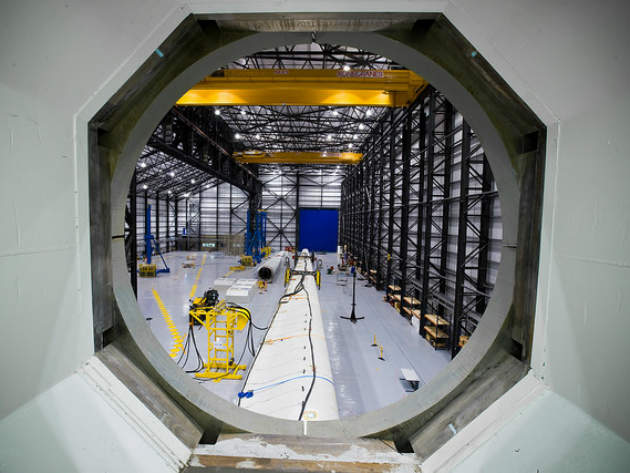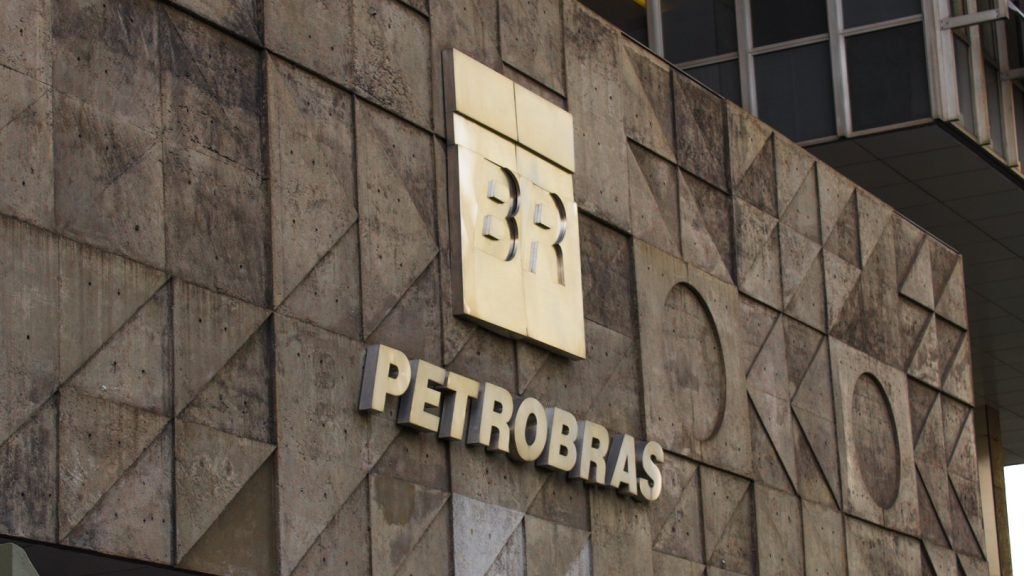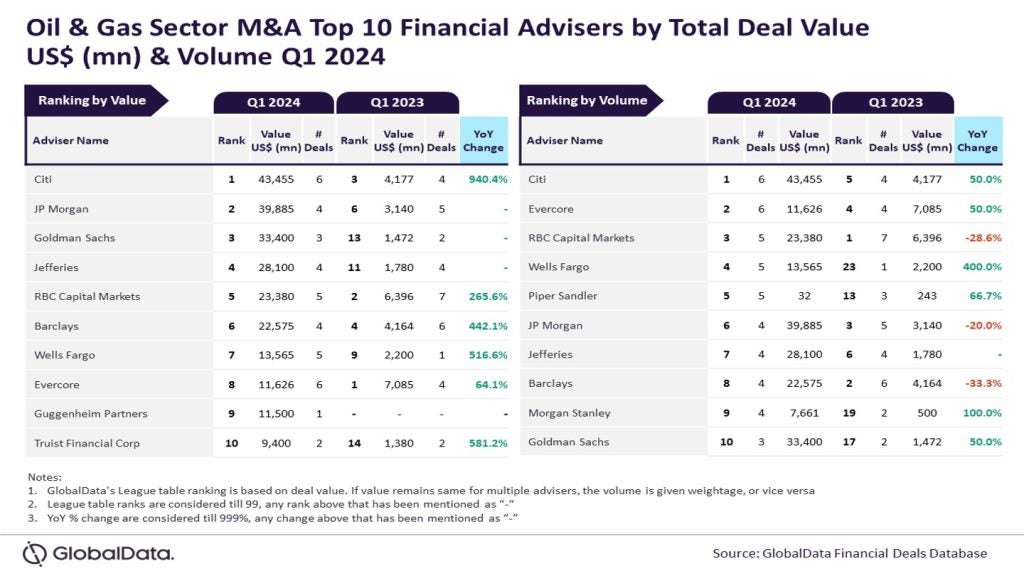
The oil & gas and renewables industries are often described as a dichotomy, the old way versus the new, the dirty versus the clean. In reality, from a technical and engineering standpoint, there are many areas of overlap, particularly in countries such as the UK, where a majority of renewable and non-renewable assets are located offshore.
Building an oil rig in the North Sea is not all that different to setting up a wind farm. Both jobs require the ability to negotiate choppy waters and bad weather (often using remotely operated vehicles), and the technology to drill or pile foundations into the seabed. Communications and cabling infrastructure present a big challenge in both instances, as do the logistics of transporting and arranging huge components such as derricks and blades.
These similarities represent good news for the development of the UK renewables industry. The country has many world-leading oil & gas engineering companies. As the energy mix moves inexorably in a greener direction, there’s no reason why many of these can’t take the expertise they’ve accrued and use it to drive progress in the offshore wind industry. However, the rate of companies making the transition has been slow up to now, for a number of reasons.
Similarities aren’t all that obvious – but only at first
First, the similarities between the two industries are not fully understood by many people, with a lot of oil & gas technicians still viewing wind as somewhat alien. In addition, although a management team may be convinced of the potential of another industry, it can be difficult to hone in on exactly what you are trying to achieve by moving across and how to make a business case for it.
This is where The Offshore Renewable Energy (ORE) Catapult hopes to make a difference. ORE Catapult is a technology and research centre for the development of wind wave and tidal energy. It works with companies looking to make a mark in these areas by offering advice, engineering expertise or even, in some cases, going into formal partnership. Each year the group refreshes a list of innovation challenges, specific problems that need to be tackled in order for offshore renewables to meet their potential. These include issues such as reducing blade erosion on wind turbines, and developing new ways of anchoring wave platforms to the seabed so they can handle larger turbines.
“It’s very easy to say that companies should move from one sector to another, but it’s harder to actually make them do that,” says Andrew MacDonald, ORE Catapult’s senior innovation manager. “We’ve found in the past that by defining specific challenges and articulating what these challenges are – and what the potential market is – it’s a strong pull to SMEs from other sectors. We are in contact with industry at all levels of the supply chain. We are asking how things are going but also what the challenges are going forward. The challenges make quite good hooks for bringing other companies across [to the industry].”
How well do you really know your competitors?
Access the most comprehensive Company Profiles on the market, powered by GlobalData. Save hours of research. Gain competitive edge.

Thank you!
Your download email will arrive shortly
Not ready to buy yet? Download a free sample
We are confident about the unique quality of our Company Profiles. However, we want you to make the most beneficial decision for your business, so we offer a free sample that you can download by submitting the below form
By GlobalDataOne of the biggest draws of working with ORE Catapult is its testing facilities, which are by all accounts world class. It has 3MW and 15MW drive train test rigs, the latter being the only of its size in the world, as well as a wind turbine testing facility that can accommodate blades up to 100 metres long, and a fully controlled saltwater environment with a simulated seabed, where developers can test tidal turbines or remotely operated vehicles. In addition, it employs 80 engineers, many of whom are among the most well-regarded in offshore renewables. Recent companies to test equipment there include W3G Marine, an offshore oil & gas specialist which has recently developed a drone-based erosion inspection system for offshore wind farms.
Greasing the wheels
As well as giving technical and business support to companies looking to enter the sector, MacDonald wants ORE Catapult to act as a facilitator, someone with no vested interests who can bring together different types of expertise while negotiating potentially sensitive issues. This is another idea that has done a lot to drive progress in the oil & gas industry.
“Oil and gas often come together to define standards, to work on training schemes, to work on skills transfer and to tackle high-risk or large-cost projects,” he explains. “We are very much taking a leaf out of their book in terms of running joint industry programmes, where the challenge is too big for one company to take on or requires large amounts of data from a number of sites. We can act as the honest broker there… There’s huge value in cross-sector approaches. You get new ways of thinking, new technology coming into the sector, and we are more than happy to start things off by articulating those innovations challenges and working with companies on signposting or the engineering process.”
Right now the UK has 5GW wind capacity installed off its coast, a figure set to double over the next five to ten years. MacDonald is confident that the long-term government assurances are in place for companies that want to move into this sector, with then secretary for energy and climate change Amber Rudd announcing last year that there would be three bidding rounds for wind projects during this parliament, the intention being to add 10GW of installed capacity by 2020 .
For tidal and wave power, the future is bright but not as clearly marked out. Tidal stream technology saw a big breakthrough this year with first power being produced from the MeyGen project up in the north of Scotland. Although the future is bright, it will take considerable investment to scale tidal and wave power up to the point where it becomes cost-effective compared to offshore wind. Tidal lagoon technology is much further down the development track. MacDonald hopes the government has the right mindset to allow it to flourish and is willing to underwrite the high capital cost of such projects for their long-term gain. While there may be bumps in the road, it certainly feels as if a tipping point is being reached in Northern Europe.
“What you’re looking at is players like DONG, the Danish national gas company, which is now divesting its oil and gas assets to focus entirely on renewables,” he says. “We’ve seen RWE do similar things, E.ON too. In terms of the market value of companies, the oil and gas sector is clearly far larger. But when you see Shell bidding in offshore wind rounds, like they publicly state they did with a recent Dutch round, you see that they are starting to put their money where their mouth is. They recognise that over the next ten to 20 years renewables will become a hugely significant part of their business. There’s only one direction this is going.”






